Fascia of the pelvis
The fascia of the pelvis , fascia pelvis, is an extension of the intra-abdominal fascia and in the pelvic cavity form the parietal fascia of the pelvis, fascia pelvis parietalis, and the visceral fascia of the pelvis, fascia pelvis visceratis.
The parietal fascia, lining the inside of the pelvic wall, is most pronounced at the locations of the following muscles: the occlusal fascia (fascia obturatoria), pear-shaped and coccygeal. The parietal fascia starts from the borderline, at the bottom is tightly fused with the lower edge of the pubic bones and ischium bones.
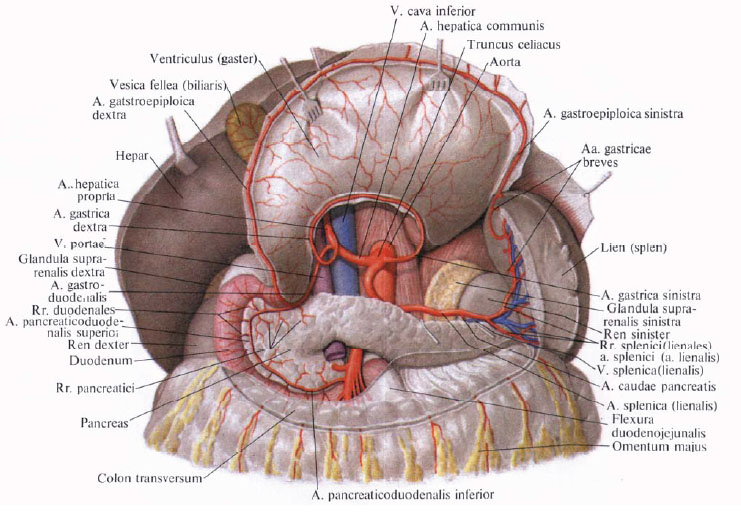
From the lower part of the pubic symphysis to the ischial aureus, the parietal fascia is sealed by the beginning of the muscle that lifts the anus, and the two fasciae covering it from above and below.
The densified part of the parietal fascia is called the tendon arch of the muscle lifting the anus, arcus tendineus m. Levatoris ani; The fascia that covers the muscle that raises the anus is also referred to as a parietal one.
The fascia covering the upper (inner) surface of this muscle is the upper fascia of the pelvic diaphragm, fascia diaphragmatis pelvis superior. In a place where this fascia approaches the internal organs: the rectum, the bladder, it is compacted and gives the sheets that adhere to these organs - the visceral fascia of the pelvis, fascia pelvis visceralis.
The place of divergence of the visceral fascia is designated as the tendon arch of the pelvic fascia, arcus tendineus fasciae pelvis.
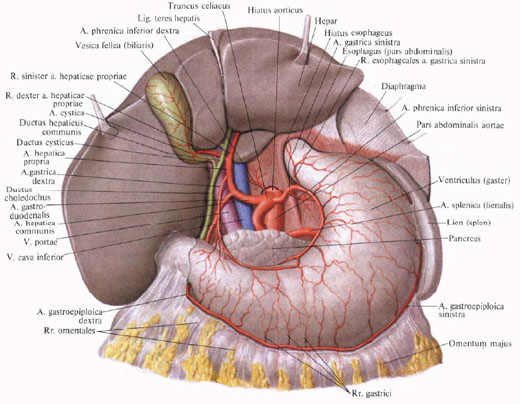
The visceral fascia, in addition to the bladder and rectum, covers in women - the vagina, in men - the prostate (prostate fascia, fascia prostatae), seminal vesicles and ampullas of the vas deferens.
Part of the visceral fascia (from the peritoneum to the perineum) is called the peritoneal-perineal fascia, fascia peritoneoperinealis. The section of this fascia, located in front of the rectum, separates the gut from the prostate gland, seminal vesicles and the bladder in men and is called the rectal-vesicular septum, septum rectovesicale. In women, the same portion of the fascia separates the posterior surface of the vagina from the anterior surface of the rectum and is called the rectal-vaginal septum, septum rectovaginale. The visceral fascia starts from the bottom of the peritoneal pocket that separates these organs, and ends at the pelvic floor with an aponeurotic plate.
The lower fascia of the pelvic diaphragm, fascia diaphragmatis pelvis inferior, covers the lower surface of the muscle that raises the anus. It also starts from the tendon arc of this muscle.
Due to the compaction of the segments of the pelvic fascia, a number of ligaments are formed: in men - paired pubic-ligament ligaments, ligg. Puboprostatica, in women - pubic-cystic ligament, ligg. Pubovesicalia. These ligaments start from the posterior surface of the pubic symphysis and go back: in men - to the prostate gland and bladder, in women - to the urethra and bladder. Among the fibrous beams forming these ligaments, there are bundles of smooth muscle fibers that are part of the pubic-vesicular muscles, mm. Pubovesicales.
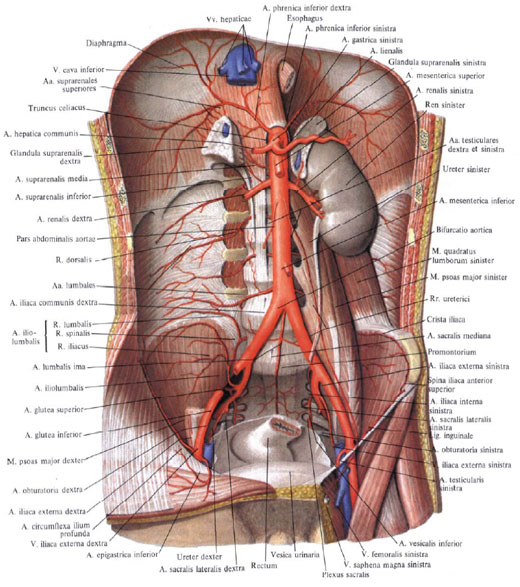
The muscles that lift the anus, along with the fascia covering it, form the lateral and posterior parts of the pelvic floor; The lateral border of it passes along the tendon arc of the muscle, the medial one - along the tendon arch of the pelvic fascia, located along the median edge of this muscle.
In front of the rectum, between the medial edges of the right and left pubic-coccygeal muscles, there is a site free from muscles, which is closed from below by the urogenital diaphragm, diaphragma urogenitale, thus supplementing the pelvic floor. In the perineal region, the surface of the perineum, fascia perinei superficialis, is the most superficial, demarcating from below all the formations of the anal and genitourinary areas discussed above. The space enclosed between the urogenital diaphragm from above and the superficial fascia of the perineum from below is the surface space of the perineum, spatium perinei superficiale. It is filled with loose fiber, blood vessels and nerves. The ischial anal fossa, fossa ischioanalis, forms: the lateral wall of it - the ischial tubercle and the fascia of the inner occlusive muscle, the medial - the lower fascia of the pelvic diaphragm, i.e. the fascia covering the lower surface of the muscle lifting the anus; Up to the fovea extends to the beginning of m. Levator ani. This fossa is made by fatty tissue - the fatty body of the ischial-anal fossa, corpus adiposum fossae ischioanalis, in which the vessels and nerves enter the fascial canal formed by the bifurcation of the occlusal fascia, called the pudendal canal, canalis pudendalis.

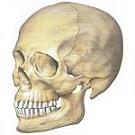
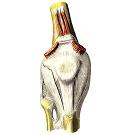
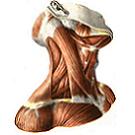
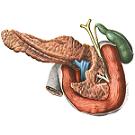
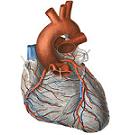

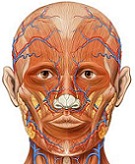

Comments
When commenting on, remember that the content and tone of your message can hurt the feelings of real people, show respect and tolerance to your interlocutors even if you do not share their opinion, your behavior in the conditions of freedom of expression and anonymity provided by the Internet, changes Not only virtual, but also the real world. All comments are hidden from the index, spam is controlled.